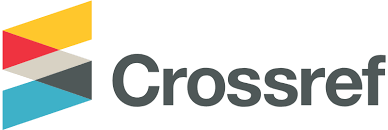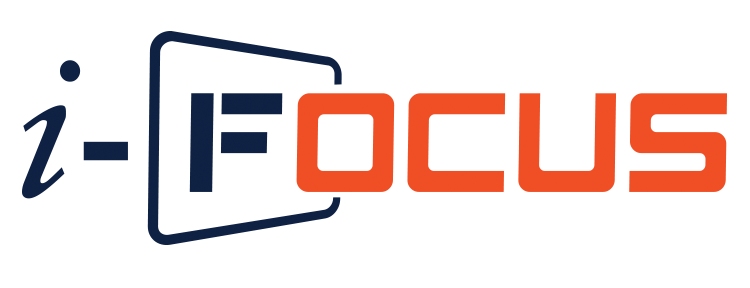Heave and Pitch Motions of a Towed Ship in Waves Incorporated with an Asymmetrical Bridle Towline Model
Abstract
Investigation of a ship towing system performance in waves incorporated with an asymmetrical towline configuration is necessarily to be studied to ensure a towing safety of navigation. To achieve the objective, this paper presents the ship towing motion performance in waves using Computational Fluid Dynamic (CFD) approach. Here, the heave and pitch motions of the towed ship so-called barge has been analysed, where several effects of the towing angle and towing speeds have been taken into account. In the calm water condition, the results revealed that the increase of tow angle was proportional with the sufficient reduction of the sway amplitude motion and inversely proportional to her yaw motion. The increase of the asymmetrical tow angle, however, has led to increase her sway motion amplitude in wave condition and conversely reduced the tow speed increased. In addition to the pitch motion characteristic, it subsequently increased by 12.1% as the tow angle raised from 25° to 35°; meanwhile the pitch motion of barge has by 10.2% as the tow speed increased from 0.655 m/s to 0.728 m/s. This CFD simulation is very useful as the preliminary prediction on the heave and pitch motion characteristics ensure a safety navigation of a towed ship in waves.











